Home>Maintenance & Safety>Safety Equipment & Products>How To Childproof Chairs
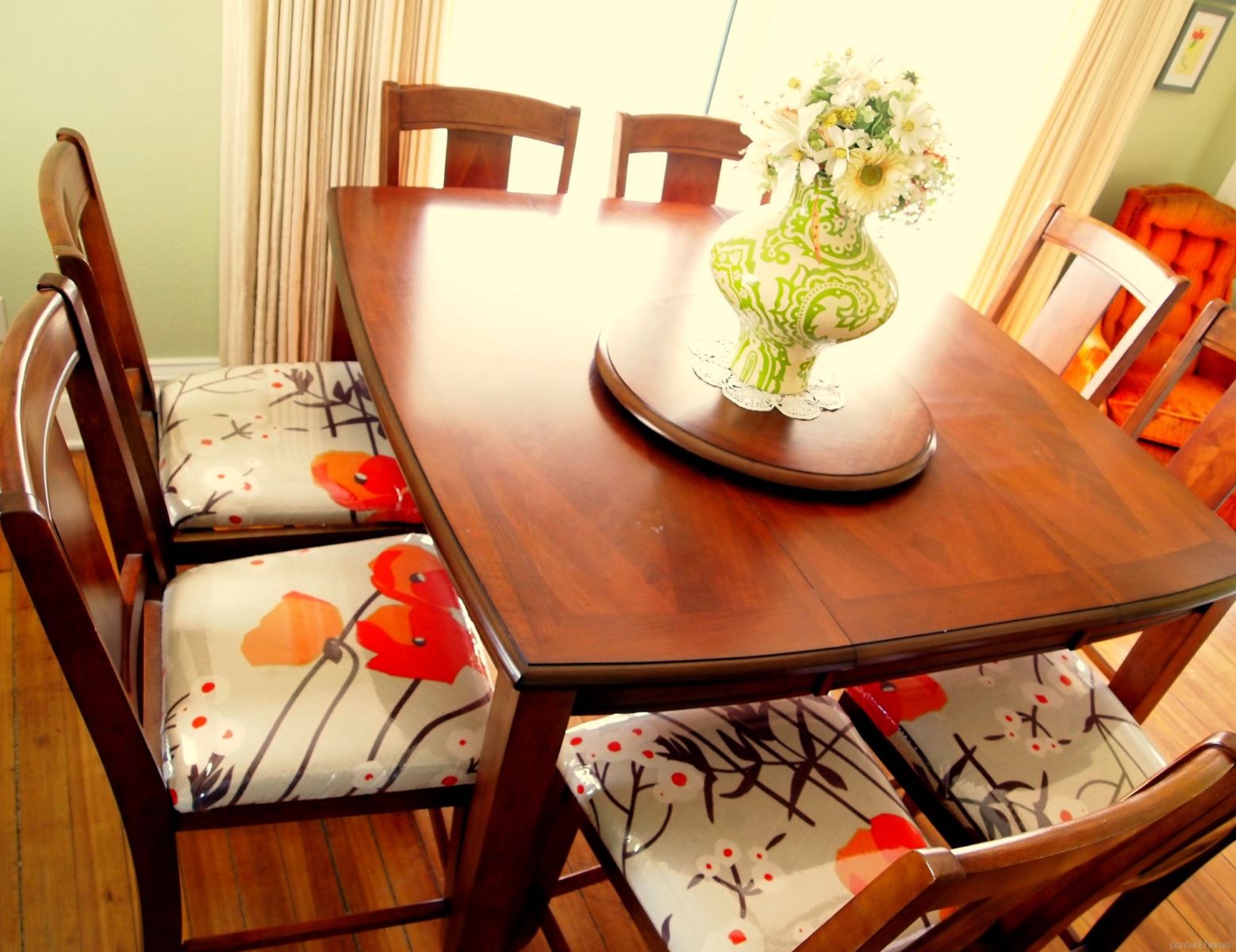

Safety Equipment & Products
How To Childproof Chairs
Published: January 5, 2024
Learn how to childproof chairs with the best safety equipment and products. Keep your little ones safe and secure with these essential tips and tools.
(Many of the links in this article redirect to a specific reviewed product. Your purchase of these products through affiliate links helps to generate commission for Storables.com, at no extra cost. Learn more)
Introduction
Welcome to the world of childproofing, where safety meets creativity! As a parent or caregiver, ensuring the safety of little ones is a top priority. Children are naturally curious and often drawn to exploring their surroundings, including the furniture in your home. Chairs, in particular, can pose potential risks to young children, making it essential to implement effective childproofing measures. In this comprehensive guide, we will explore various strategies and products to childproof chairs, providing you with the knowledge and confidence to create a secure environment for your little adventurers.
Childproofing chairs involves a combination of thoughtful product selection, proper installation techniques, and consistent maintenance. By understanding the available options and their respective benefits, you can tailor your approach to suit your specific needs and preferences. From chair safety straps to non-slip grips and cushioning solutions, there are numerous ways to enhance the safety of chairs in your home. Let’s embark on this childproofing journey together, empowering you to safeguard your child’s environment without compromising on style or comfort.
Key Takeaways:
- Childproofing chairs involves using safety straps, cushions, and non-slip grips to keep little ones safe while maintaining a stylish home environment.
- Regular maintenance and safety checks are essential for ensuring that childproofing measures remain effective in creating a secure space for children to explore and thrive.
Read more: How To Childproof Glider Chairs
Choosing the Right Childproofing Products
When it comes to childproofing chairs, selecting the right products is crucial for creating a secure and child-friendly environment. With a wide array of childproofing solutions available, it’s essential to consider factors such as the age of your child, the design of your chairs, and your overall safety preferences. Here are some effective childproofing products to consider:
- Chair Safety Straps: These adjustable straps are designed to secure chairs to nearby surfaces, preventing tipping and potential accidents. Look for durable, easy-to-install straps that can accommodate various chair sizes and styles. Ensure that the straps are resistant to tampering by curious little hands, providing reliable protection.
- Chair Cushions and Padding: Soft, impact-absorbing cushions can be strategically placed on chair edges and corners to minimize the risk of bumps and bruises. Opt for cushioning materials that are non-toxic, easy to clean, and securely attach to the chair without posing a choking hazard.
- Non-Slip Grips: These versatile grips are ideal for enhancing the stability of chairs on slippery surfaces. Whether your chairs are placed on hardwood floors or tiles, non-slip grips can help prevent unwanted movement, reducing the risk of accidental falls.
When choosing childproofing products, prioritize those that are made from high-quality, child-safe materials and have undergone rigorous testing for durability and effectiveness. Additionally, consider the aesthetic appeal of the products to ensure they complement the overall look of your home while prioritizing safety.
By carefully evaluating your specific safety needs and the unique characteristics of your chairs, you can make informed decisions when selecting childproofing products. The right combination of products will not only mitigate potential hazards but also contribute to a welcoming and child-friendly living space.
Installing Chair Safety Straps
Chair safety straps are a valuable tool in preventing tipping accidents and ensuring the stability of chairs, especially in households with young children. Proper installation is key to maximizing the effectiveness of these safety straps. Here’s a step-by-step guide to installing chair safety straps:
- Assess the Chair and Surrounding Area: Before installation, carefully examine the structure and design of the chair, as well as the nearby surfaces to which the chair will be secured. Take note of any obstacles or irregularities that may affect the installation process.
- Choose an Optimal Attachment Point: Identify a sturdy and stable surface to which the safety strap can be anchored. This may include a wall, a heavy piece of furniture, or a specialized anchor point designed for this purpose.
- Adjust and Secure the Straps: Follow the manufacturer’s instructions to adjust the length of the safety straps according to the dimensions of the chair and the selected attachment point. Ensure a snug and secure fit without over-tightening, which could potentially damage the chair or the surrounding surfaces.
- Test the Stability: Once the safety straps are installed, carefully test the stability of the chair by applying gentle pressure from different angles. Confirm that the chair remains firmly anchored and does not wobble or tip when subjected to reasonable force.
- Regularly Inspect and Maintain: Periodically inspect the safety straps to ensure they remain in good condition and are free from wear or damage. Make any necessary adjustments or replacements to maintain optimal safety levels.
By following these installation guidelines, you can effectively implement chair safety straps to enhance the stability and security of your chairs. Keep in mind that proper installation is essential for maximizing the protective benefits of safety straps, providing you with peace of mind as your child explores and interacts with the furniture in your home.
Using Chair Cushions and Padding
Chair cushions and padding serve as essential components of childproofing, offering impact protection and minimizing the risk of injuries resulting from accidental collisions with chair edges and corners. When incorporating cushions and padding into your childproofing strategy, it’s important to consider their placement, materials, and maintenance. Here’s how you can effectively utilize chair cushions and padding to enhance safety:
- Strategic Placement: Identify the areas of the chair that pose potential risks, such as sharp corners or hard edges. Place cushioning materials in these areas to create a protective barrier, reducing the impact of collisions and falls.
- Child-Safe Materials: Select cushions and padding made from non-toxic, hypoallergenic materials that are safe for children. Ensure that the materials are easy to clean and maintain, as they may be subjected to spills and regular wear and tear.
- Secure Attachment: Choose cushioning solutions that can be securely attached to the chair without posing a choking hazard or becoming easily dislodged. Adhesive-backed padding or cushioned covers specifically designed for chairs can provide a secure fit while maintaining a neat and unobtrusive appearance.
- Regular Cleaning and Inspection: Routinely clean and inspect the cushions and padding to ensure they remain in good condition. Address any signs of wear or damage promptly to maintain their protective properties and overall effectiveness.
By strategically placing cushions and padding on chairs, you can create a safer environment for your child to explore and interact with the furniture. These protective measures not only minimize the risk of injuries but also contribute to a child-friendly living space that prioritizes both safety and comfort.
To childproof chairs, consider using chair straps or safety harnesses to secure the child in place and prevent them from falling or climbing. Regularly check for any loose parts or sharp edges that could pose a hazard.
Securing Chairs with Non-Slip Grips
Non-slip grips are invaluable tools for enhancing the stability and safety of chairs, particularly on smooth or slippery surfaces. Whether your chairs are placed on hardwood floors, tiles, or other smooth flooring materials, non-slip grips provide an effective means of preventing unwanted movement and potential accidents. Here’s how you can secure chairs with non-slip grips:
- Assess the Chair’s Contact Points: Identify the areas of the chair that come into direct contact with the floor. This may include the chair legs or base. Understanding these contact points is essential for determining the optimal placement of non-slip grips.
- Select Appropriate Non-Slip Grips: Choose non-slip grip pads or adhesive strips designed for use on furniture. Ensure that the grips are suitable for the specific flooring material and can withstand the weight and movement of the chair without losing their effectiveness.
- Clean and Prepare the Surface: Thoroughly clean the contact points on the chair to remove any dust, debris, or residue that may hinder the adhesion of the non-slip grips. Additionally, clean and dry the floor surface to promote strong adhesion and long-lasting grip performance.
- Apply Non-Slip Grips: Carefully apply the non-slip grips to the designated contact points on the chair, following the manufacturer’s instructions for optimal placement and adhesion. Ensure that the grips are securely attached and provide full coverage of the contact areas.
- Test Stability and Readjust if Necessary: Once the non-slip grips are in place, test the stability of the chair by gently exerting pressure from different angles. Verify that the grips effectively prevent the chair from sliding or shifting on the floor. If adjustments are needed, reposition the grips accordingly.
By securing chairs with non-slip grips, you can significantly reduce the risk of chairs sliding or tipping over, thereby creating a safer environment for your child to engage with the furniture. These simple yet effective measures contribute to a secure and stable living space, promoting peace of mind for both parents and caregivers.
Read more: What Makes Childproof Containers Childproof?
Regular Maintenance and Safety Checks
Ensuring the ongoing safety and functionality of childproofing measures for chairs involves regular maintenance and safety checks. By incorporating these practices into your routine, you can uphold a consistently secure environment for your child. Here are essential steps for maintaining chair childproofing solutions:
- Inspect Safety Straps and Attachments: Regularly examine the condition of chair safety straps and their attachments to ensure they remain secure and free from wear or damage. Verify that the straps maintain their proper tension and are resistant to tampering by children.
- Check Cushions and Padding: Routinely inspect the condition of chair cushions and padding, paying attention to any signs of wear, tearing, or displacement. Address any issues promptly to maintain their protective properties and prevent potential hazards.
- Assess Non-Slip Grips: Periodically evaluate the adhesion and effectiveness of non-slip grips on chairs. Replace worn or deteriorated grips and readjust their placement as needed to ensure optimal stability and safety.
- Test Chair Stability: Regularly test the stability of chairs by applying gentle pressure and verifying that childproofing measures effectively prevent tipping, sliding, or other safety concerns. Address any instability promptly to maintain a secure environment.
- Reassess as Your Child Grows: As your child grows and develops, reassess the effectiveness of your childproofing measures in relation to their evolving interactions with chairs. Make adjustments or enhancements as necessary to accommodate changing needs and behaviors.
By incorporating regular maintenance and safety checks into your childproofing routine, you can proactively address any potential safety risks and maintain the effectiveness of chair childproofing solutions. Consistent vigilance and maintenance contribute to a secure and nurturing environment for children to explore and thrive in their surroundings.
Conclusion
Childproofing chairs is a vital aspect of creating a safe and secure environment for young children to navigate and interact with their surroundings. By carefully selecting and implementing childproofing products such as safety straps, cushions, padding, and non-slip grips, you can significantly mitigate potential hazards while preserving the functionality and aesthetic appeal of your chairs.
It’s essential to approach childproofing with a combination of practicality and creativity, considering the specific needs and dynamics of your household. The thoughtful installation of safety straps, strategic placement of cushions and padding, and the use of non-slip grips all contribute to a comprehensive approach to chair childproofing.
Regular maintenance and safety checks are integral to sustaining the protective benefits of childproofing measures, ensuring that chairs remain stable and secure as children explore and engage with their environment. By incorporating these practices into your routine, you can uphold a consistently safe environment for your child to thrive in.
Ultimately, the goal of childproofing chairs is to strike a harmonious balance between safety and comfort, allowing children the freedom to explore and interact with their surroundings while providing parents and caregivers with peace of mind. By implementing effective childproofing strategies, you can create a nurturing and secure space where children can learn, play, and grow with confidence.
Embrace the journey of childproofing with enthusiasm and creativity, knowing that each measure you take contributes to a safer and more enjoyable environment for your child. With the right combination of childproofing products and maintenance practices, you can transform your home into a welcoming and secure haven for your little ones.
Frequently Asked Questions about How To Childproof Chairs
Was this page helpful?
At Storables.com, we guarantee accurate and reliable information. Our content, validated by Expert Board Contributors, is crafted following stringent Editorial Policies. We're committed to providing you with well-researched, expert-backed insights for all your informational needs.
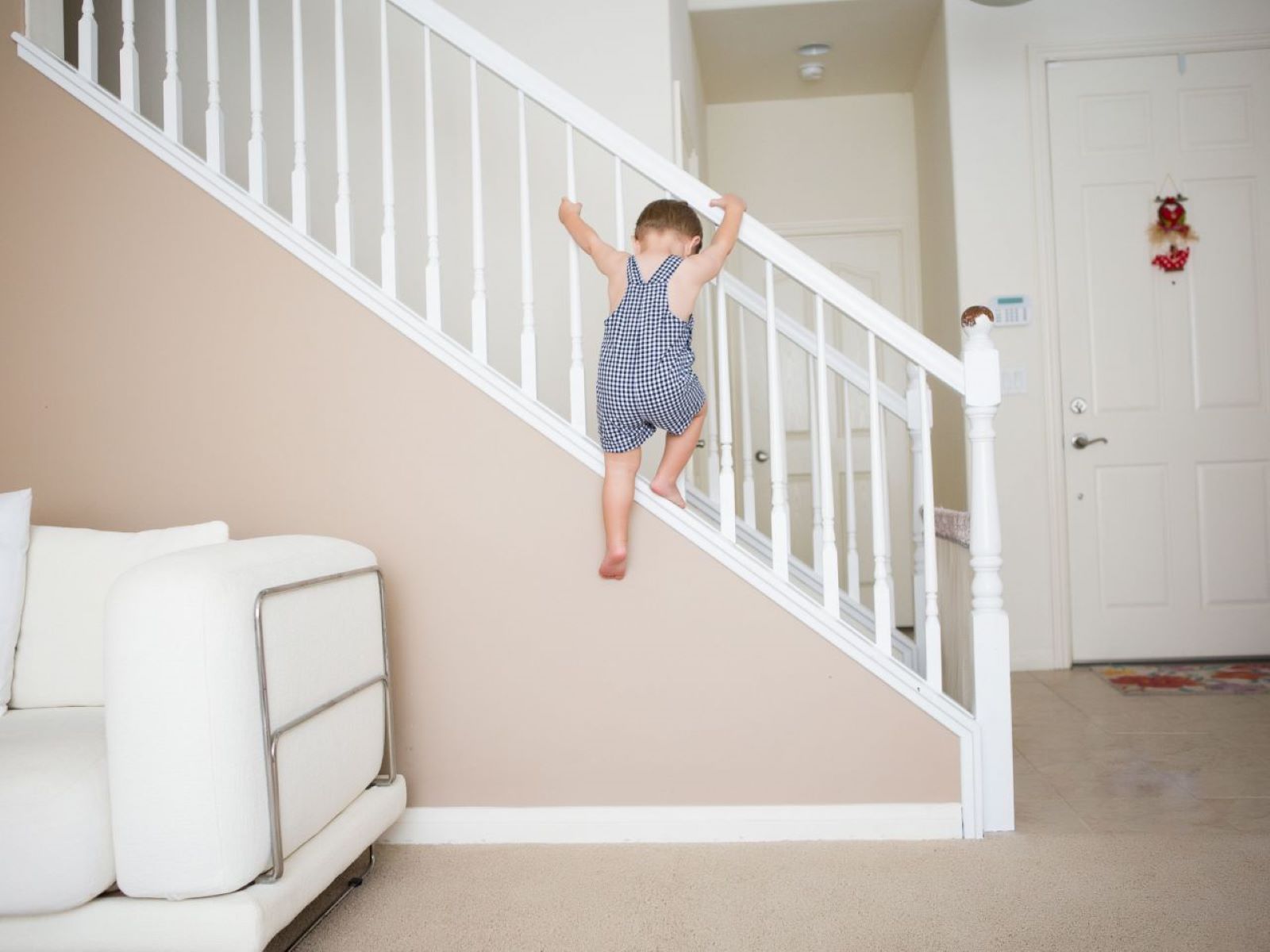

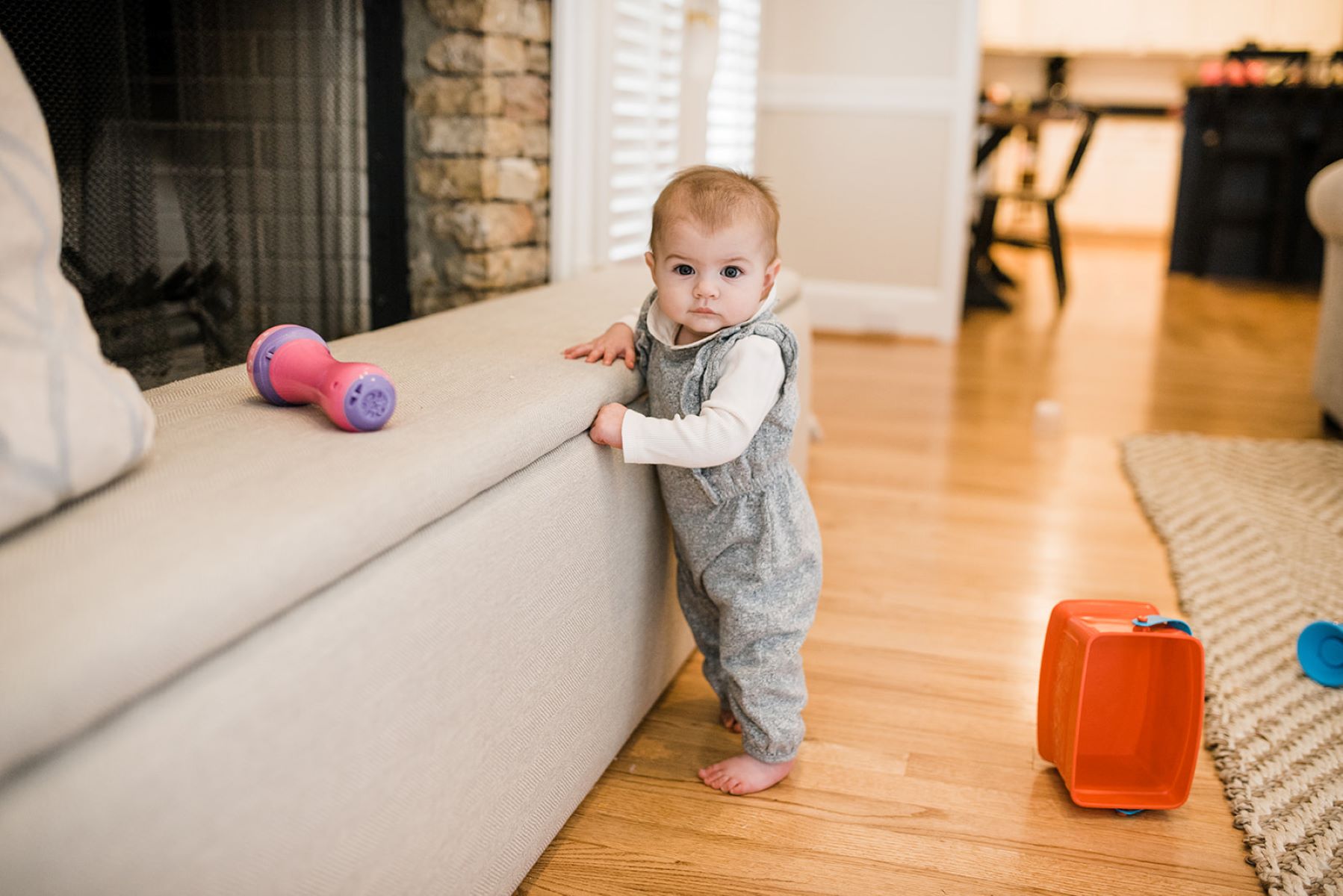
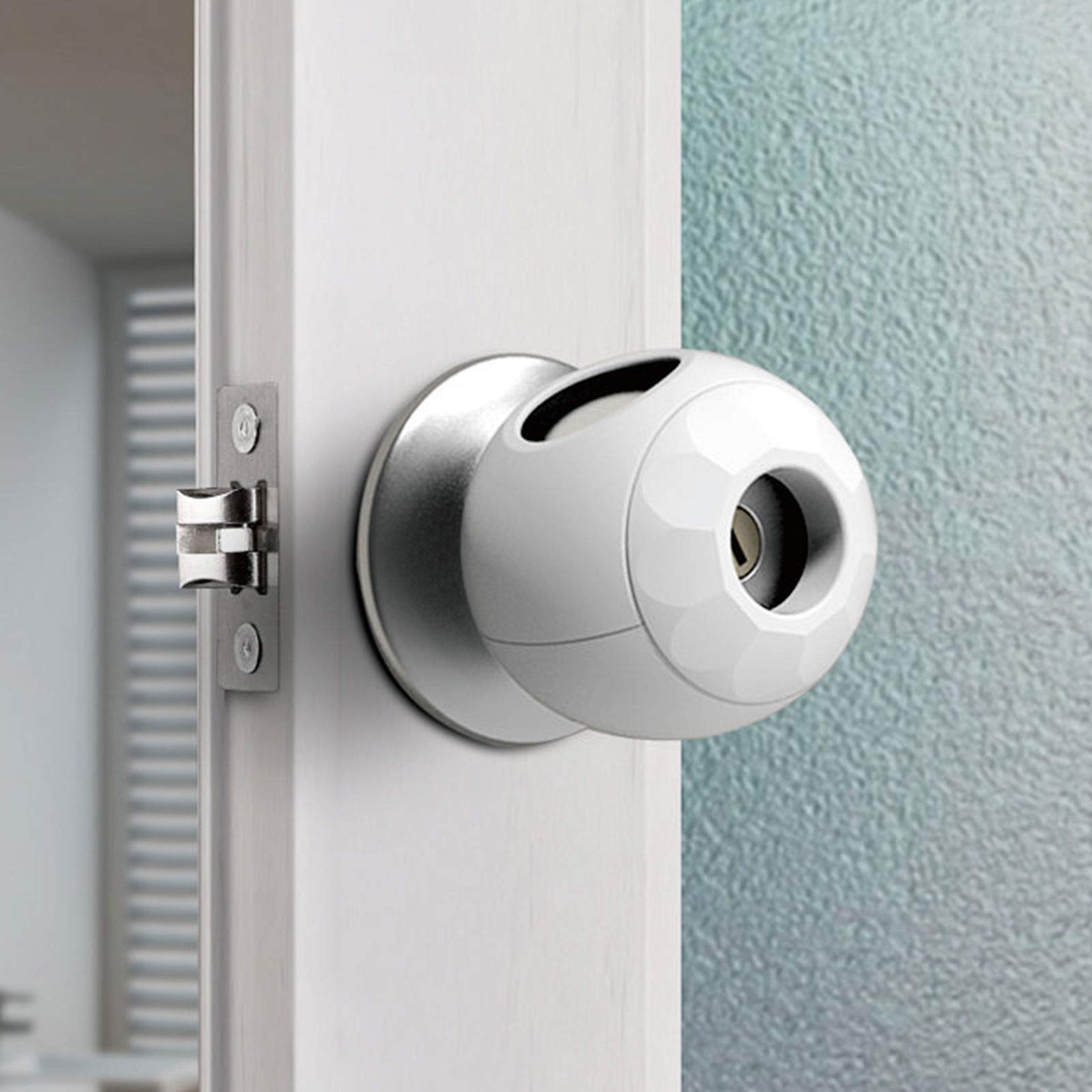
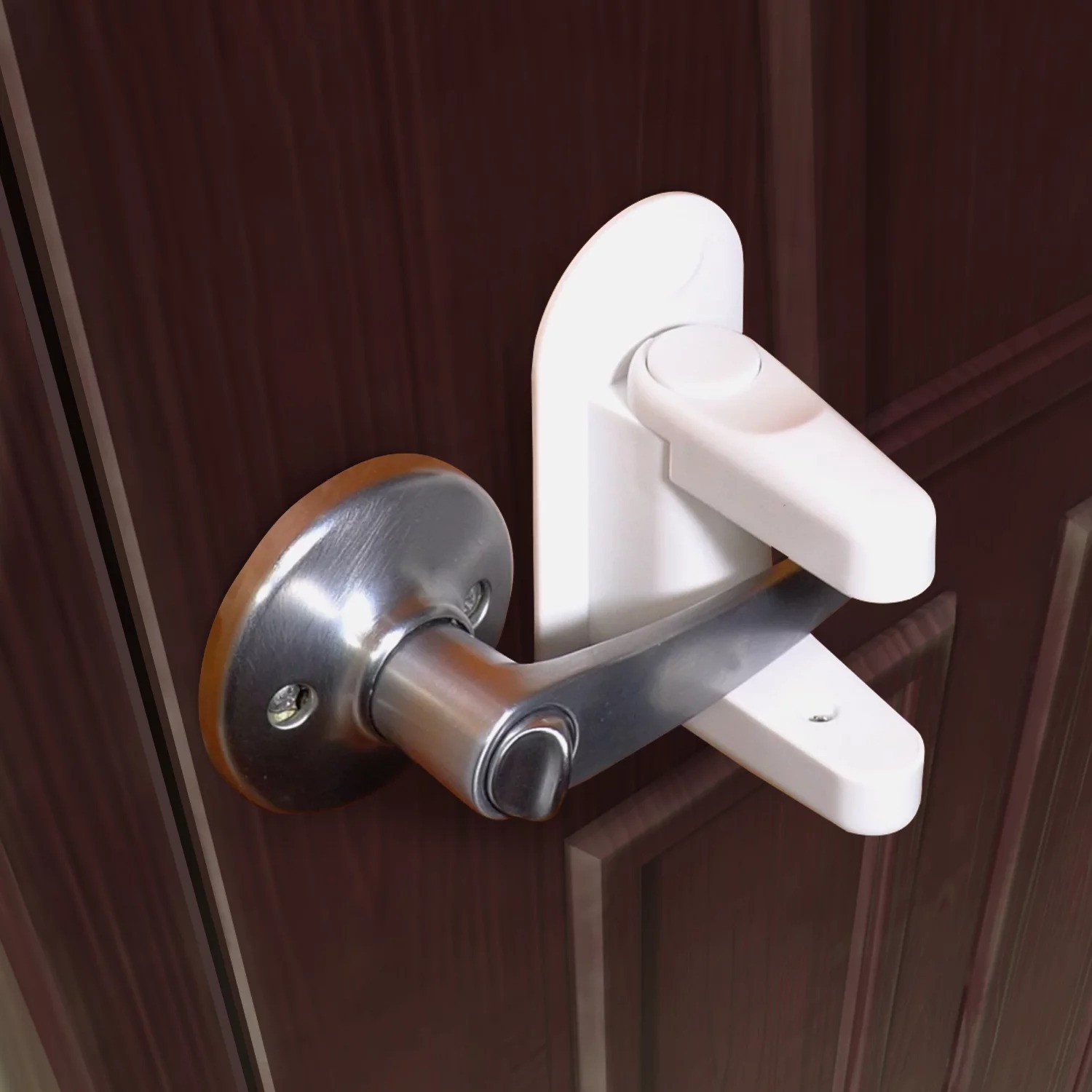
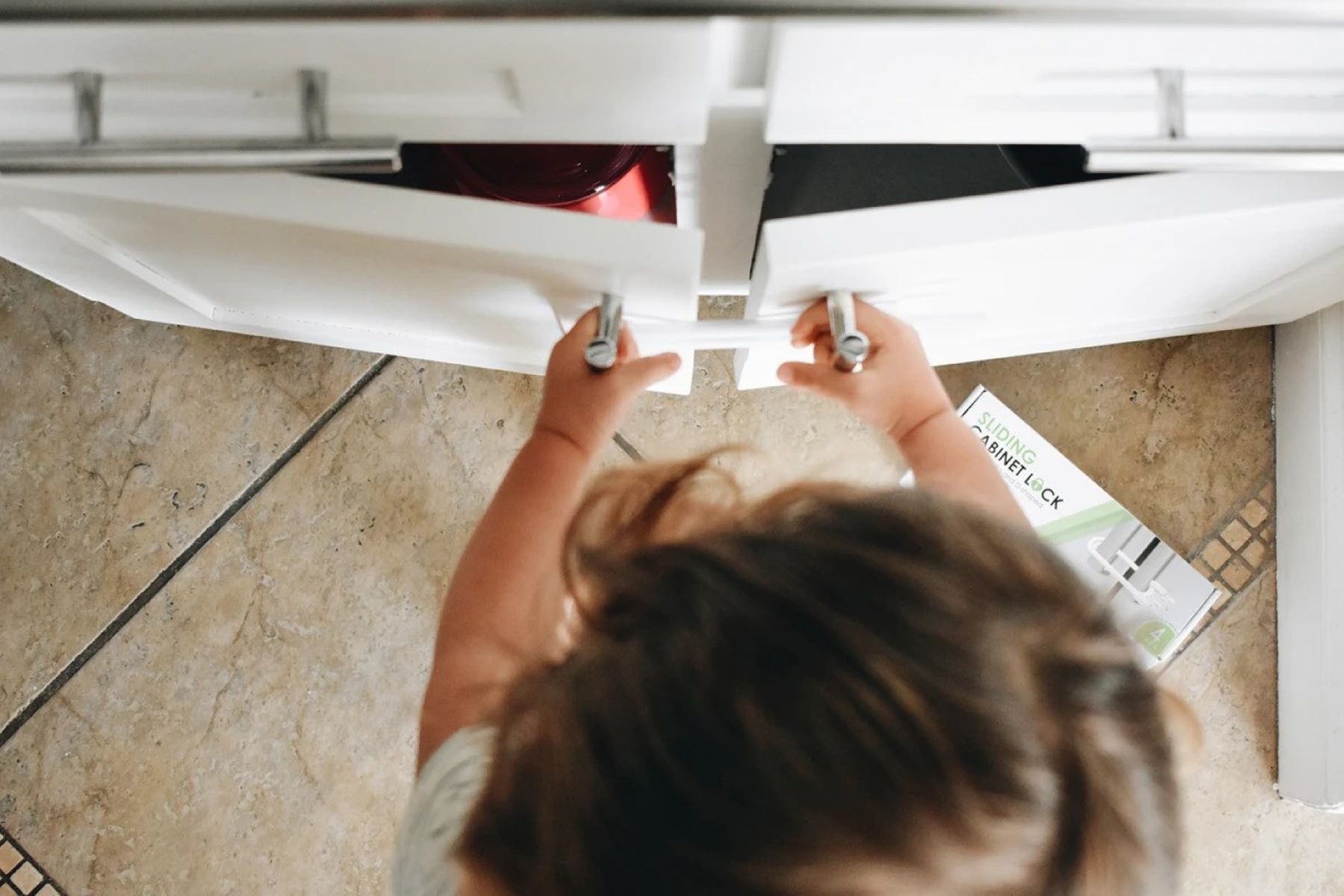
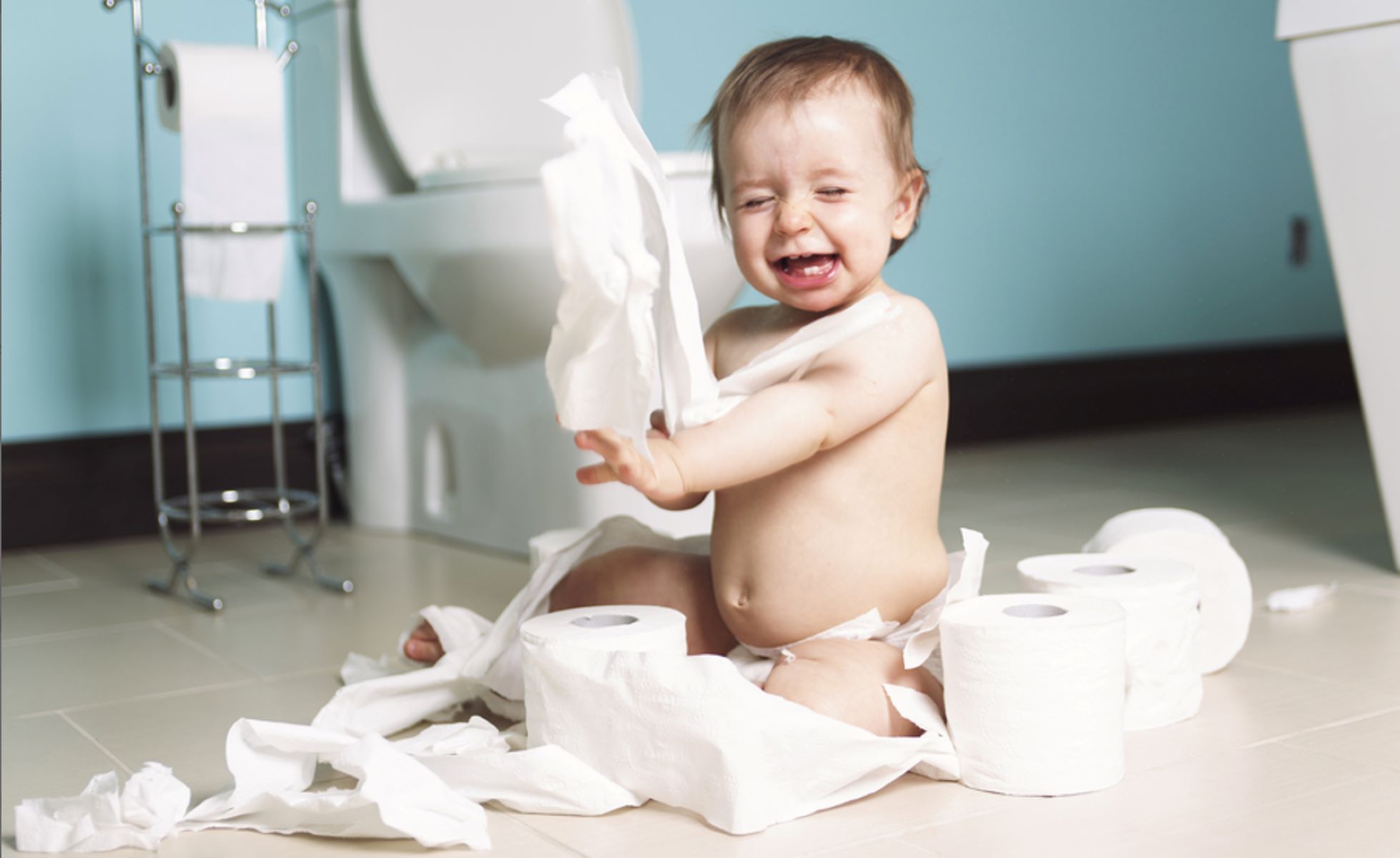
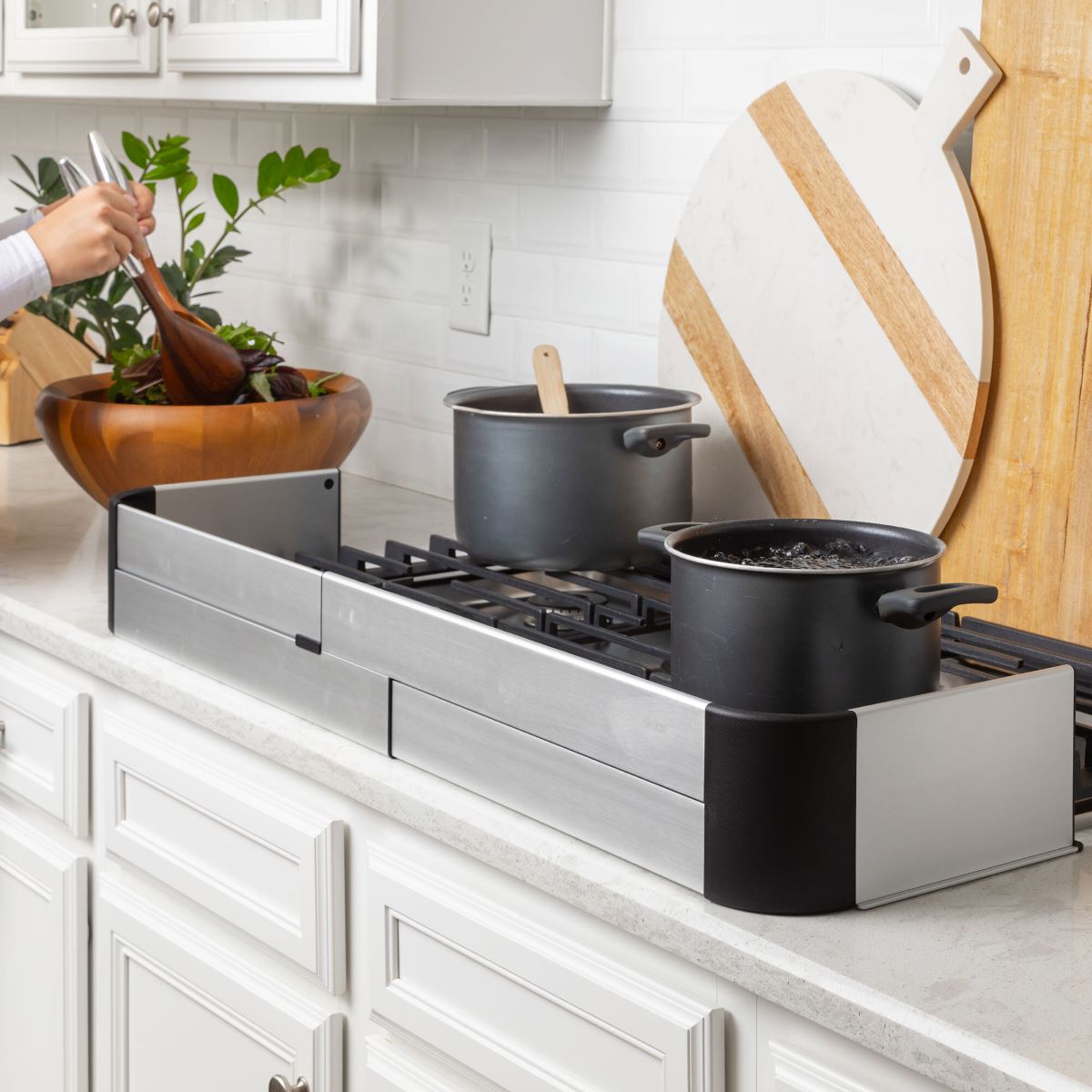
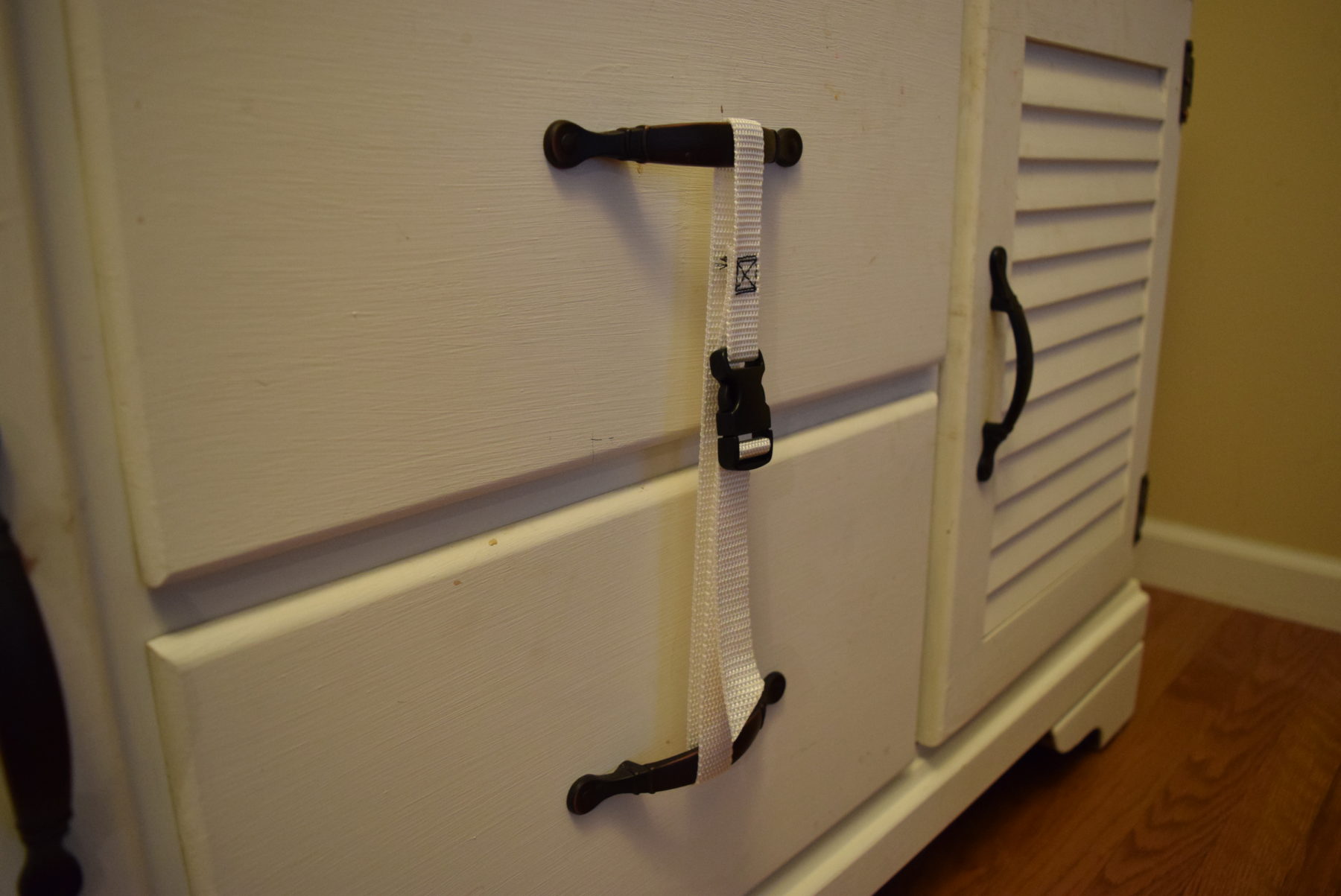

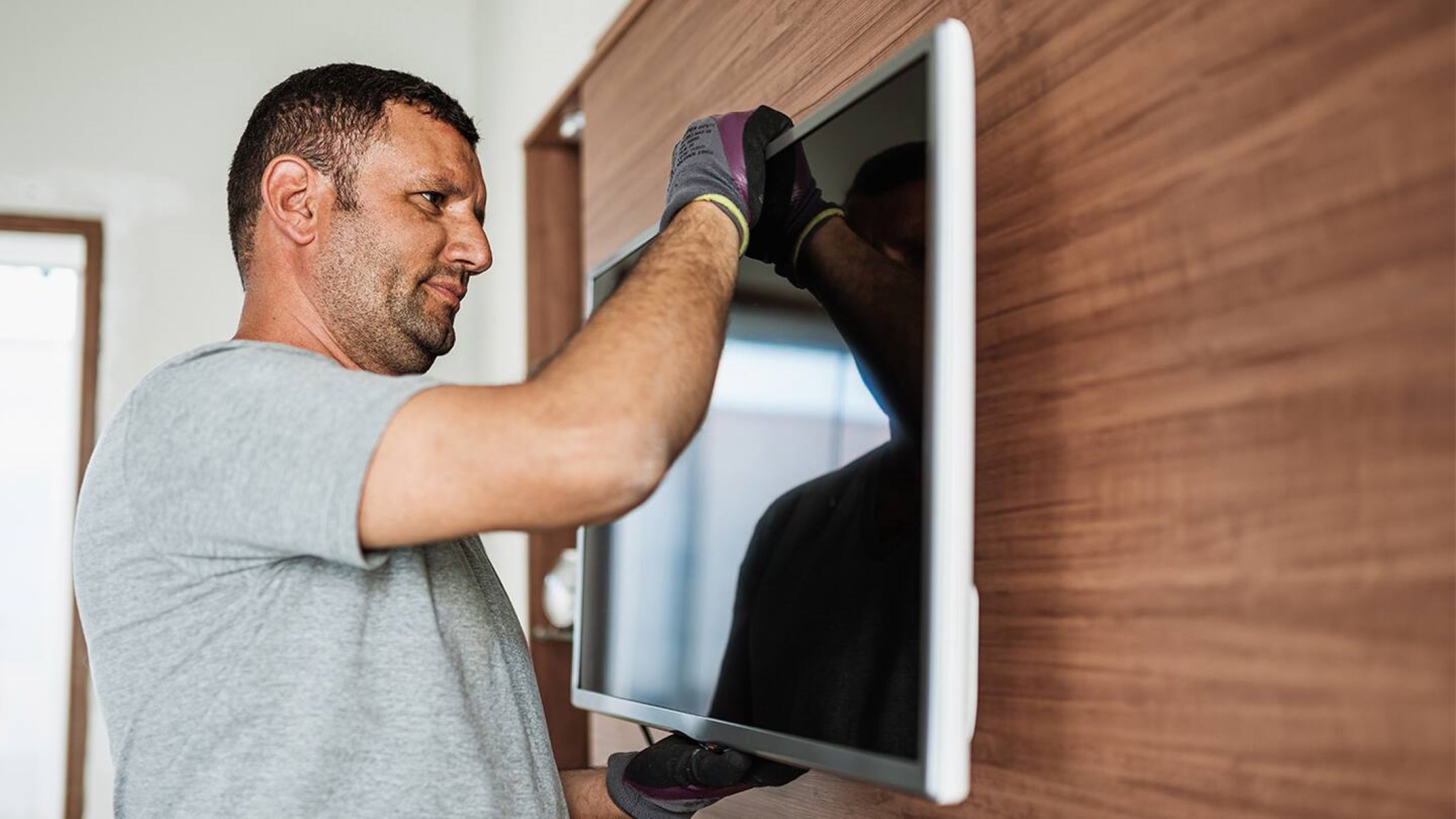
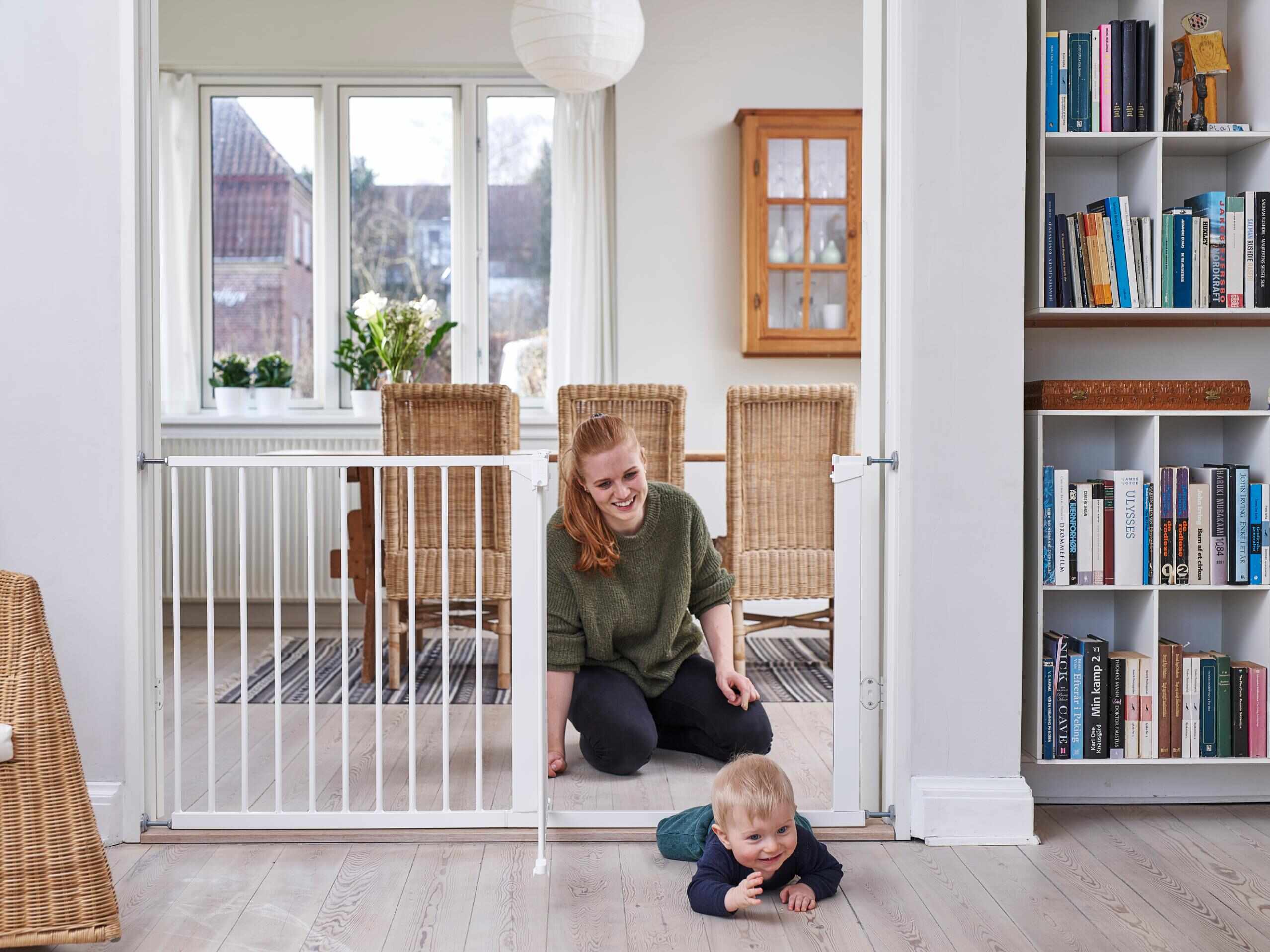
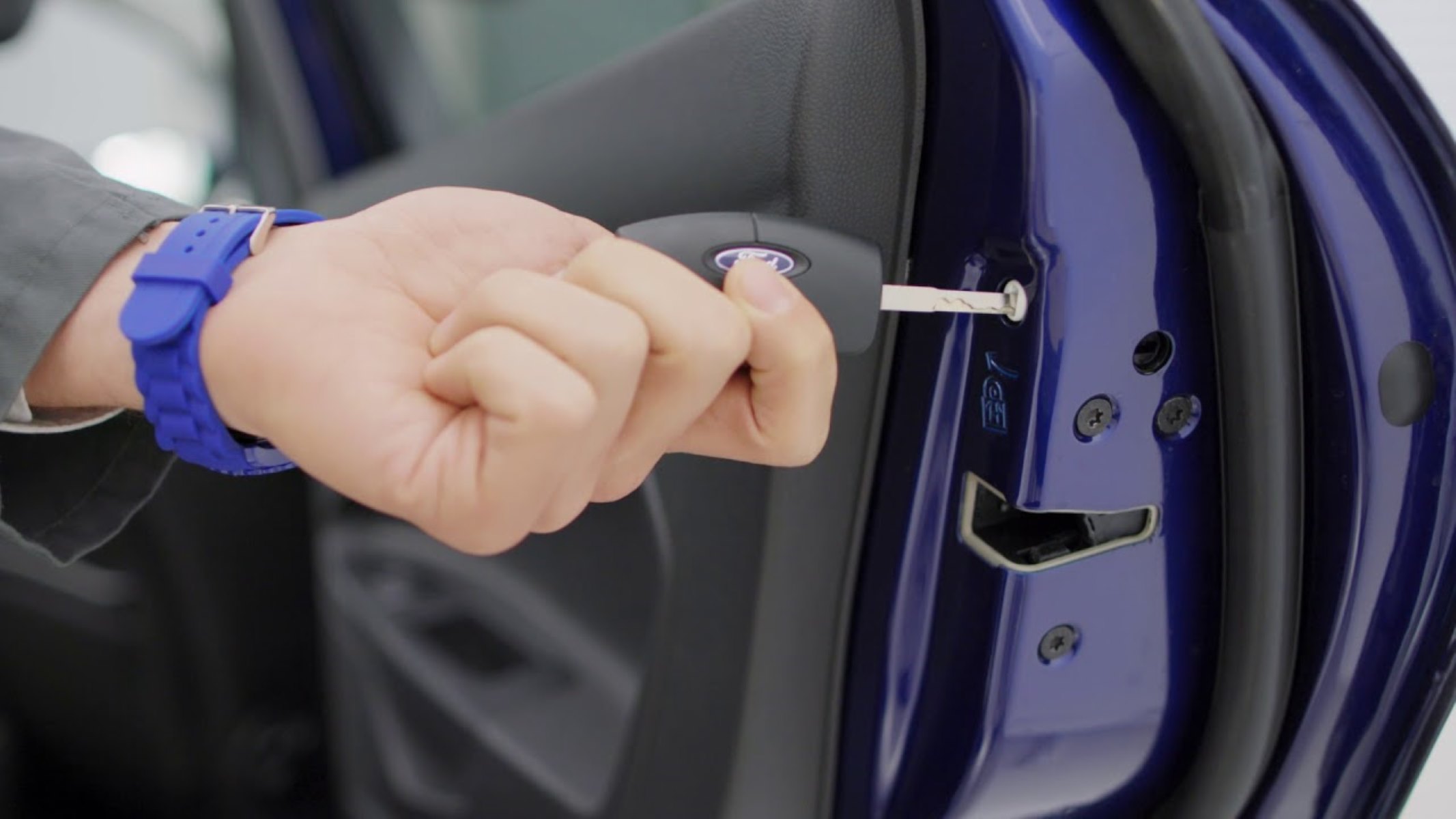
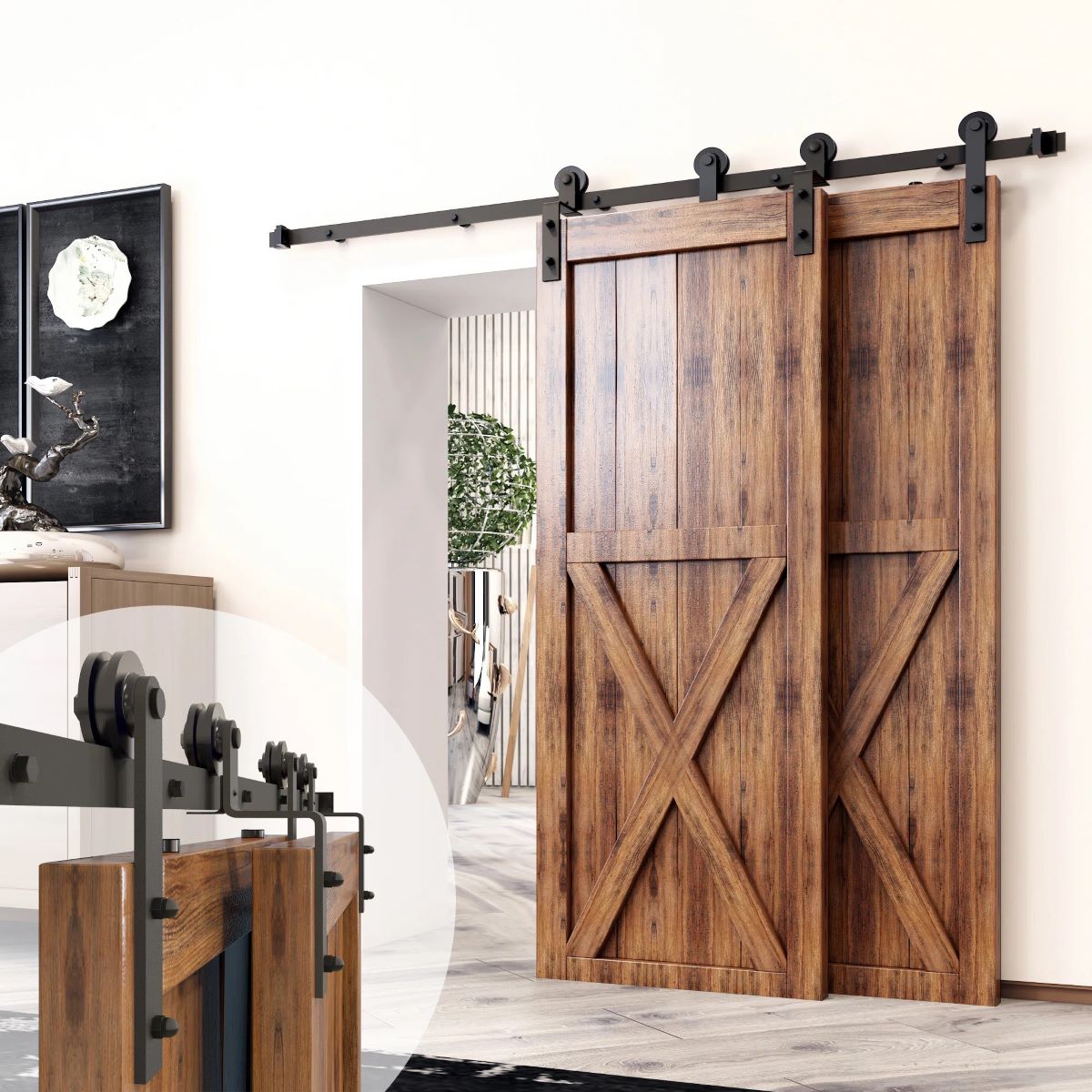

0 thoughts on “How To Childproof Chairs”